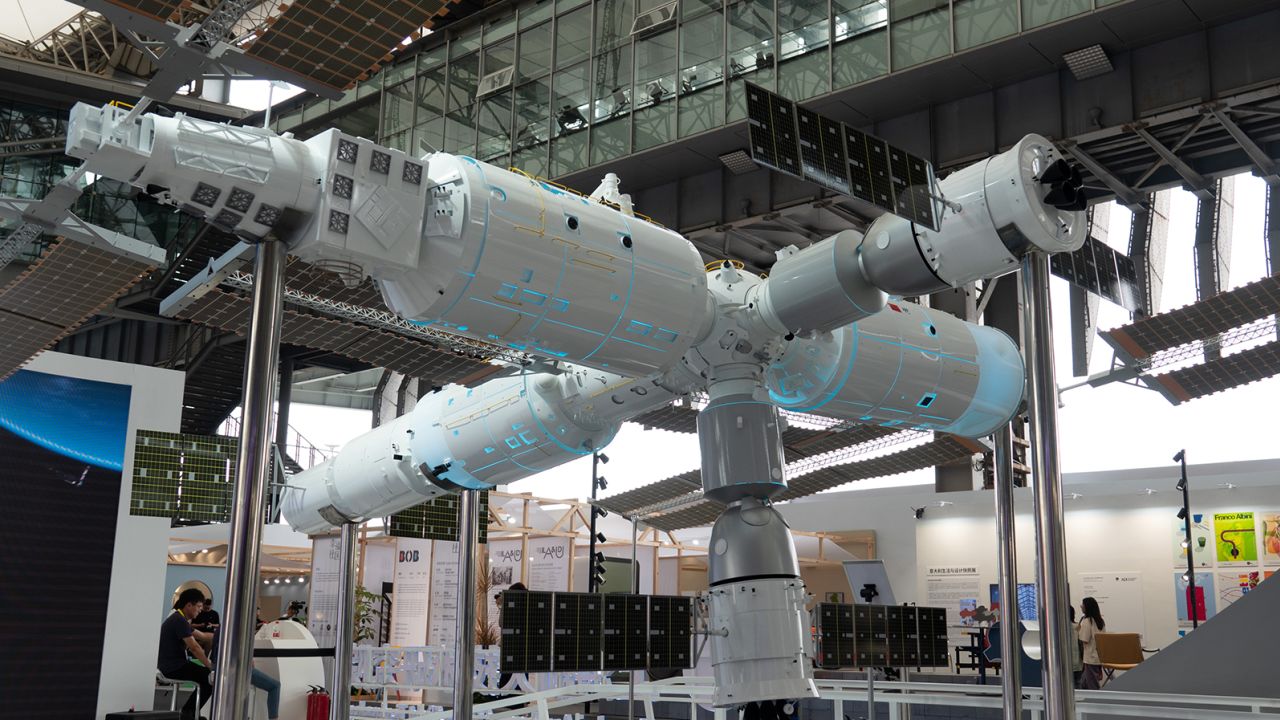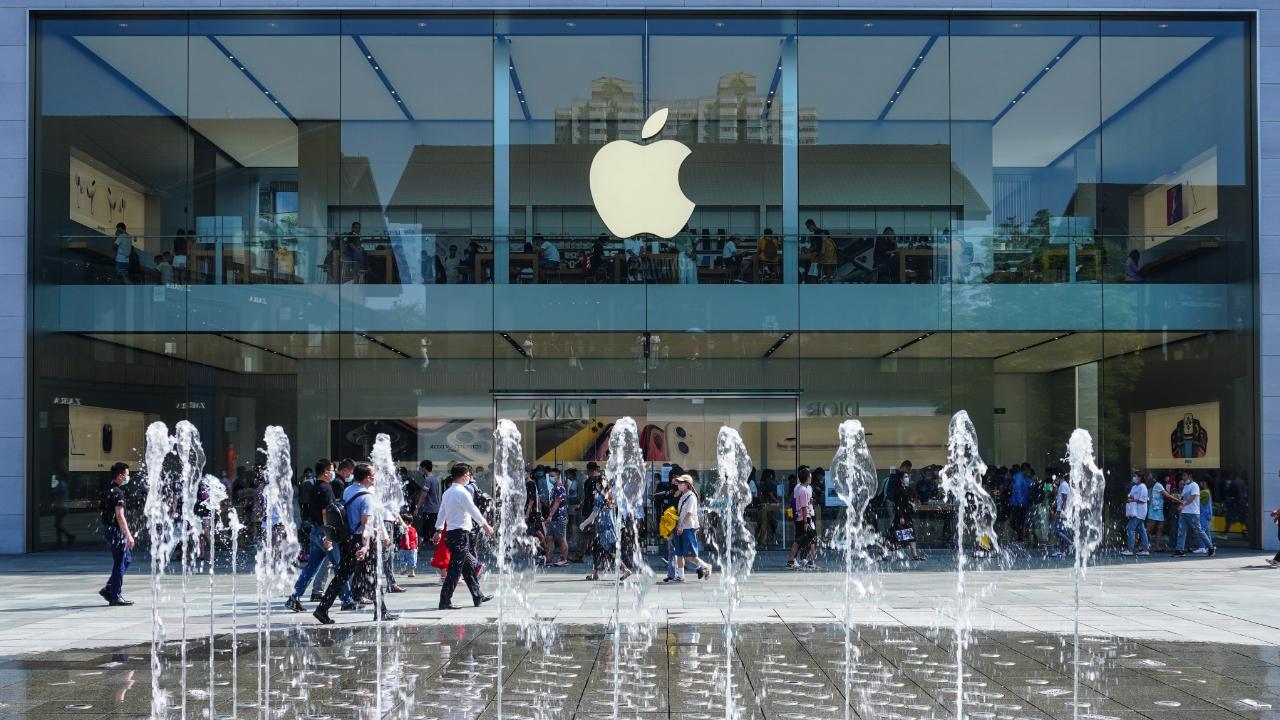When we think of the Earth and the Solar System, in simple terms, they are located in space at the center of a region distinguished as the “local bubble”, which is roughly a large cavity. A dense, high-temperature plasma surrounded by a layer of dust and gas and thousands of young stars is 1000 light-years in diameter.
In this regard, although the existence of this superbubble covering our solar system may seem new to some, the truth is that it has been distinguished by astronomers since the 70s, however, like many space problems, there were many unsolved questions about this strange plasma cavity surrounded by thousands of young stars.
In this regard, some of the main doubts that have interested the scientific community for many years are about the actual shape and extension of this cavity, as well as its origin and the duration of its formation. Well, these questions have long been inconclusive, according to a study published in a prestigious journal Nature The local bubble has been studied in great detail and has provided answers to all these unknowns.

To achieve this, astronomers from the Harvard-Smithsonian Center for Astrophysics and the Space Telescope Science Institute studied this region with the most advanced techniques in interstellar space and were able to obtain highly accurate models of the local bubble, explaining and reconstructing its origin. Third-dimensional (3D) space-time animation.
In this way, according to the complex data analysis carried out, it was possible to estimate that the formation of this superbubble began about 14,000 million years ago with the explosion of several supernovae at its center. The outflow of interstellar gas thus promotes the formation and expansion of this large cavity, the perfect medium for star formation at its surface.
“The expansion of the local bubble created by the supernovae transformed the surrounding interstellar medium into an extended shell that has now fragmented and collapsed into nearby core molecular clouds, in turn providing strong observational support for the theory of “supernova-driven star formation,” the paper notes.
Currently, this massive formation that began to form 14,000 million years ago continues to expand, including seven molecular clouds where star formation occurs, so this superbubble is active. “The odd-shaped bubble is not dormant, it's growing slowly,” he said. He points. “It is traveling at about 6.5 kilometers per second, however, it has lost its momentum and practically plateaued in terms of speed.”
To know more about the study, you can consult: Star formation near the Sun is driven by the expansion of the local bubble
Share science, share knowledge.



:quality(85)/cloudfront-us-east-1.images.arcpublishing.com/infobae/7PAIZOJRM5CCBPRNVRELPKSV3Q.jpg)

